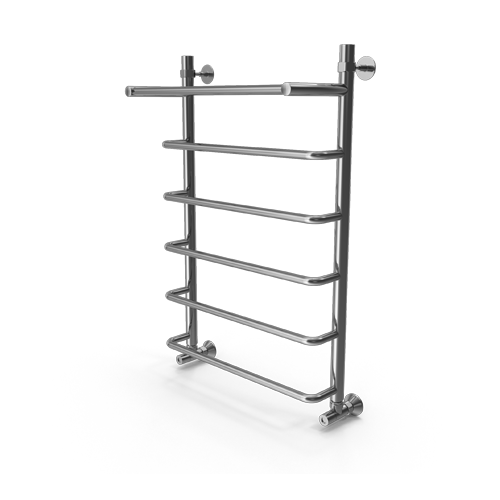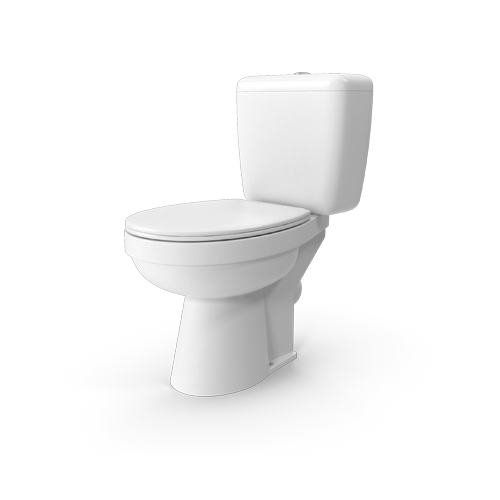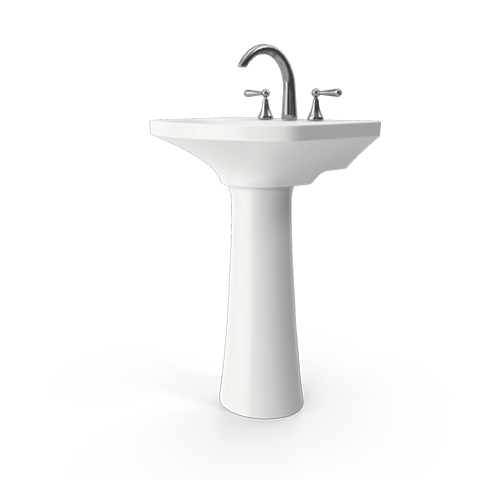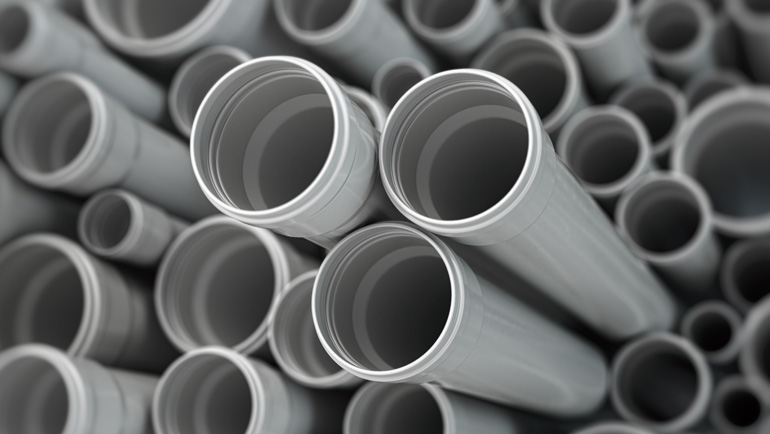Copper vs Plastic Pipes for my Next Project?
Ladies and gentleman, introducing our contenders. In this corner we have a heavyweight that has been around since about 2150 B.C. when it was first used to carry water; a sturdy old man that used to rule the world of plumbing, I give you…Copper. And the challenger, straight out of pre-war Germany, the new kid on the block, lightweight and flexible… Here’s Plastic, the PVC Kid!
Since the 1960s, the debate over copper vs plastic pipes has raged in the UK. Certainly, each has its own benefits, but the debate remains heated. To help you choose your champion, I will run through the tale of the tape, and give a little ringside commentary on the fight between copper and plastic. “Let’s get ready to lay some pipe!”
The Plastic Plumbing Industry
The new kid on the block, Polyvinyl Chloride, or PVC as we know it, has only been around for about 60 years. During that time, plastics have grown in strength, lightness, and durability to function also as one of the most used plumbing materials.
The first applications of PVC plastic were in pre-war Germany, where over 400 residences used the material for pipework for drinking water and waste disposal. Leipzig, Dresden, Magdeburg, Berlin, Hamburg, Cologne, Heidelberg and Wiesbaden laid several PVC test pipelines, most of which are still in use today. Its durability and longevity made it an attractive alternative to copper piping for business owners during the 1950s and 1960s.
Although this material has revolutionised the plumbing and building industry, plastic plumbing isn’t without its own benefits and drawbacks:
| Benefits of PVC | PVC Drawbacks |
|---|---|
| There is less noise, even at high pressure and high water speed | Not as flexible at the joint |
| Corrosion and impact resistance | Can’t fit into as tight a space as copper |
| Installs easier than copper pipes | Damage by rodents |
| A cheaper alternative to copper | |
| Doesn’t freeze as easily | |
| Doesn’t require a naked flame to install |
Plumbing with Copper Piping
Generally, copper piping is already installed in old houses. Copper has universally been recognized as one of the best materials for water piping because of its strong, pliable nature. One advantage of copper pipe over plastic is that it can easily be shaped into long thin pipes that can fit in tight spaces.
| Benefits of Copper | Copper Drawbacks |
|---|---|
| Fits into smaller spaces | Corrosion can occur if the water flowing through it is acidic |
| Vibrations are less likely to damage the joints due to their greater flexibility | The installation is more time-consuming and difficult |
| 100% recyclable | Plastic plumbing is less expensive |
| Noisier, especially at higher pressures |
Homeowners have long been using copper pipes with great success. The softer material and flexibility of copper pipes make the substance more popular than other metals. Copper pipes are substantially less corrosive and are generally long-lasting than plastic pipes.
Are copper pipes safe? Copper, being metallic by nature, is also a heat conductor – meaning that heat can be lost as water travels. This can also be dangerous for children. An exposed copper pipe poses a potential risk of harm to children who can touch it.
Yet copper pipes have always been used because it is a strong, durable material.
Copper vs Plastic Pipes: Is one Safer Than the Other?
Concerns have been raised about the possibility of chemicals leaching into water and giving it a plastic taste. It should be noted that the plastic taste usually disappears after a few months. As noted in a study published in the ‘Journal of Environmental Engineering’, there is no direct health risk associated with plastic pipes. The only potential risk comes from systems installed before 1977.
Despite copper pipes being generally considered safe, acidic water can corrode them. Certain health risks have also been linked to copper consumption in large amounts, including Alzheimer’s in some cases. Having said that, copper is easily eliminated from the body, and small amounts are completely safe, and as such, copper poses very little risk.
In essence, these forms of piping pose no health risks, and any potential risks are largely exaggerated. The main threat to clean water would be brown water that manages to leak in through cracks or joints.
So in the Battle of Copper vs Plastic Pipes, Who is the Winner?
It can be said that copper vs plastic pipes compete in different weight groups but what is pretty easy to spot is that each has its practical purpose where it is better than the other. In high-traffic areas, PVC piping, for instance, has improved corrosion and impact resistance. As copper piping can be produced in smaller diameters, it is more suitable for tighter spaces.
When the final bell (or the cash register bell) rings, the crowd still seems pretty divided with both corners receiving support. The good looks of the old time professional against the practicality and price of plastic—who do you want in your corner?



